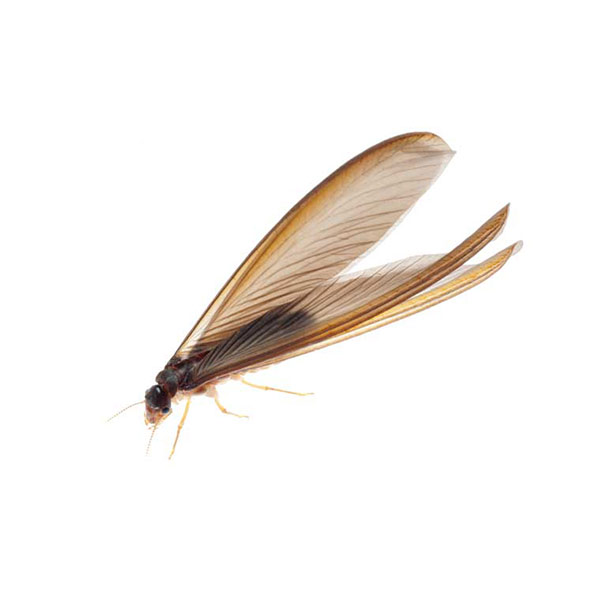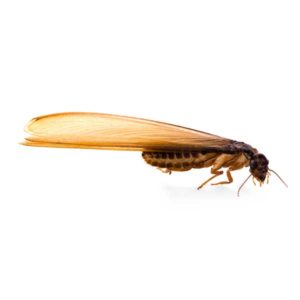Drywood Termites in Salina
Drywood termites are not as destructive as subterranean termites but still do substantial damage to homes and structures in Salina. Common signs of an infestation include discarded wings, feces, or frass (piles of sawdust created from their feeding). Drywood termites feed on cellulose, which is found in wood. Unlike most termite species that seek out soft, moist wood, drywood termites eat across the grain of the wood, which can be very dangerous and damaging to structures. Like most termites, drywood termites organize individuals into a caste system containing reproductive and worker/soldiers.
Drywood Termite Habitat
Drywood termites are most common in warmer climates with milder but their range has been expanding. These termites do not need moist soil or water to survive, unlike other termites. For that reason, they typically target wood that is above-ground, meaning infestations are often in higher levels of structures. They often enter homes through exposed wood or infested wooden furniture brought indoors.
Drywood Termite Behaviors, Threats, or Dangers
These termites do not bite or transmit diseases to humans. However, they are extremely destructive to wooden structures — and worse, their wood-destroying habits can often go on for some time before being discovered. Because of their ability to stay hidden, they can cause incredible amounts of damage to a home. To prevent or control a drywood termite infestation, it’s important to enlist the help of a professional termite exterminator.




